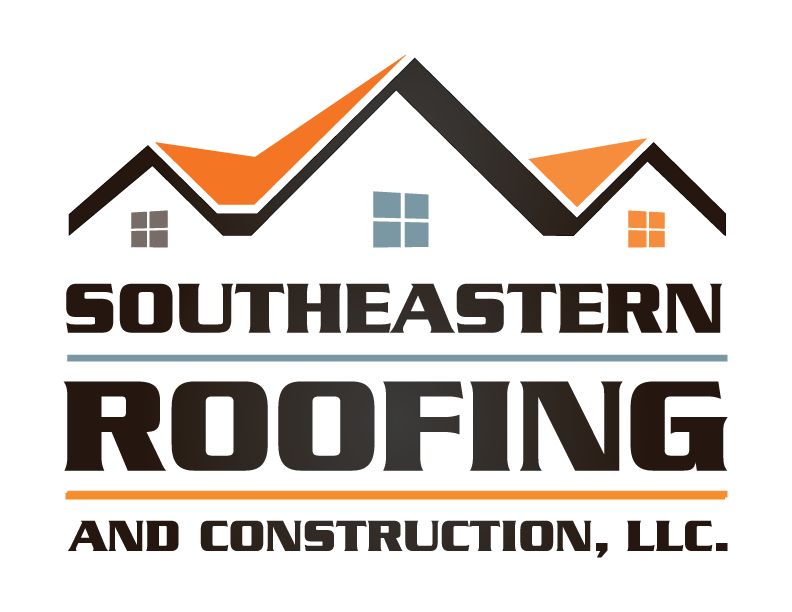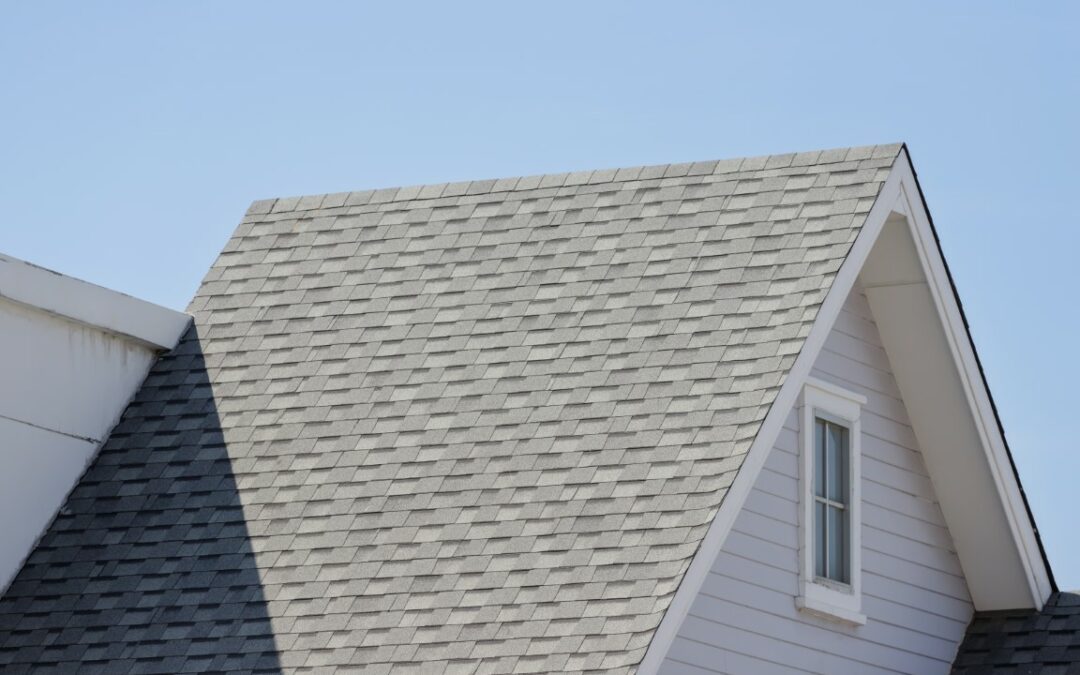Welcome to our guide on the most economical roof replacement materials!
In this article, we’ll explore various options, such as:
- Asphalt shingles
- Metal roofing
- Clay tiles
- Composite shingles
- Wood shingles
- Single-ply membranes
- Built-up roofing
We want to help you find the perfect material that not only fits your budget but also provides long-lasting protection for your home.
So, let’s dive in and discover the ideal roofing solution together!
Key Takeaways
- Asphalt shingles are a cost-effective option for roof replacement.
- Metal roofing is highly durable and long-lasting, with the ability to withstand harsh weather conditions.
- Clay tiles are a cost-effective solution for roof replacement and provide excellent insulation, reducing energy costs.
- Built-Up Roofing (BUR) is a reliable choice that offers a great balance between affordability and performance, with exceptional durability and a long lifespan.
Asphalt Shingles
Asphalt shingles provide a cost-effective and durable option for roof replacement. When considering the cost comparison of different roofing materials, asphalt shingles often come out on top. They’re more affordable compared to other options like metal or tile.
Additionally, the installation process for asphalt shingles is relatively straightforward and can be completed quickly, reducing labor costs. The process involves laying the shingles in an overlapping pattern, which creates a waterproof barrier. This simplicity in installation also contributes to the overall cost-effectiveness of asphalt shingles.
Moreover, their durability ensures that they can withstand various weather conditions and last for many years, making them a practical choice for homeowners seeking a reliable and long-lasting roofing solution.
Metal Roofing
When it comes to metal roofing, there are several key points to consider.
First, metal roofs are incredibly durable and can withstand harsh weather conditions, making them a long-lasting option for homeowners.
Additionally, metal roofing is highly energy efficient, helping to reduce heating and cooling costs over time.
Lastly, while metal roofs may have a higher upfront cost, their long-term cost savings make them an economical choice for those looking to invest in a roof replacement.
Durability of Metal
In terms of longevity and strength, metal roofing is renowned for its durability. Metal roofs have a longer lifespan compared to other roofing materials, with an average life expectancy of 40 to 70 years. This is significantly longer than traditional asphalt shingle roofs, which typically last around 20 years.
Additionally, metal roofs require minimal maintenance, making them a cost-effective option in the long run. Regular inspections and simple upkeep, such as clearing debris and checking for loose fasteners, can help ensure the longevity of a metal roof. With its impressive durability and low maintenance requirements, metal roofing provides homeowners with peace of mind and a sense of belonging, knowing that their roof will protect them for many years to come.
Speaking of benefits, let’s now delve into the energy efficiency advantages of metal roofing.
Energy Efficiency Benefits
Now let’s explore the energy efficiency advantages of metal roofing.
Metal roofs are known for their exceptional energy savings and environmental impact. The reflective properties of metal help to reduce heat absorption, keeping the building cooler and reducing the need for air conditioning. This can lead to significant energy savings, especially in hot climates.
Additionally, metal roofs are often made from recycled materials, making them an environmentally friendly choice. The durability and longevity of metal roofing also contribute to its energy efficiency benefits, as it reduces the need for frequent replacements and repairs. Metal roofs can last for up to 50 years or more, further reducing the environmental impact of roofing materials.
Long-Term Cost Savings
Building on the energy efficiency benefits of metal roofing, we can also enjoy long-term cost savings. Metal roofs are known for their durability and longevity, which means they require less maintenance and replacement compared to other roofing materials. This translates to significant cost savings over the lifetime of the roof.
Additionally, metal roofs are highly energy-efficient options. They reflect sunlight, reducing the amount of heat absorbed by the building, which in turn lowers cooling costs. Metal roofs can also be installed with insulation materials that further enhance their energy efficiency.
Furthermore, metal roofs have a minimal environmental impact. They’re often made from recycled materials and can be recycled at the end of their lifespan. This makes them a sustainable choice for environmentally conscious homeowners.
Clay Tiles
Clay tiles offer a cost-effective solution for replacing roofs. The installation process for clay tiles involves carefully placing each tile onto the roof, ensuring they’re interlocked and properly secured. This process requires expertise and precision to guarantee a watertight seal.
Once installed, clay tiles have minimal maintenance requirements. Regular inspections to check for any cracked or damaged tiles are necessary, but overall, clay tiles are known for their durability and longevity. They’re resistant to fire, insects, and rot, making them a reliable option for homeowners. Additionally, clay tiles provide excellent insulation, helping to reduce energy costs.
Transitioning into the next section, while clay tiles offer many benefits, composite shingles provide an alternative option for those seeking affordability and versatility.
Composite Shingles
One common option for economical roof replacement is using several composite shingles, which offer affordability and versatility.
Composite shingles, also known as asphalt shingles, are made from a mixture of asphalt, fiberglass, and other materials. They’re lightweight, easy to install, and come in a variety of styles and colors to suit any architectural design.
When it comes to installation, composite shingles can be easily installed by professionals, saving both time and money.
In terms of maintenance, composite shingles require periodic inspections to ensure they’re in good condition. Regular cleaning and removal of debris will help prolong their lifespan. Additionally, if any damaged shingles are found, they can be easily replaced without having to replace the entire roof.
Wood Shingles
Continuing our exploration of economical roof replacement materials, let’s now turn our attention to wood shingles.
Wood shingles are a popular choice for homeowners who desire a natural and rustic look for their roofs. The installation process for wood shingles involves attaching them to the roof deck using nails or staples.
It’s important to ensure proper ventilation underneath the shingles to prevent moisture buildup and prolong their lifespan. Additionally, regular maintenance is crucial for wood shingles to maintain their durability and appearance. This includes periodic cleaning to remove debris and moss, as well as applying a protective coating to prevent rot and decay.
While wood shingles require more maintenance compared to other materials, their distinctive aesthetic appeal makes them a desirable option for many homeowners.
Single-Ply Membranes
Moving on to the next economical roof replacement material, we’ve found that single-ply membranes offer homeowners a cost-effective option with long-lasting durability.
Single-ply membranes are lightweight, flexible sheets made from synthetic materials such as EPDM, PVC, or TPO. These membranes are installed by overlapping and sealing the edges to create a watertight barrier. The installation process is relatively quick and efficient, reducing labor costs.
Single-ply membranes also have low maintenance requirements, making them an attractive choice for homeowners looking for a hassle-free roofing solution. Regular inspections and periodic cleaning are usually sufficient to keep single-ply membranes in good condition.
Built-Up Roofing
Built-up roofing, also known as BUR, is a popular and cost-effective roofing material with several key advantages.
One of its main benefits is its durability and long lifespan, making it a reliable choice for homeowners and businesses.
Additionally, when compared to alternative roofing materials, BUR offers a great balance between affordability and performance, making it a smart choice for those on a budget.
Durability and Lifespan
We have found that Built-Up Roofing offers exceptional durability and a long lifespan for an economical roof replacement option. When considering durability versus cost, Built-Up Roofing stands out as a reliable choice.
This type of roofing consists of multiple layers of bitumen and reinforcing materials, providing excellent resistance to the elements and potential damage. Built-up roofing can withstand harsh weather conditions, such as heavy rain, high winds, and extreme temperatures, without compromising its integrity. Additionally, its layered construction helps distribute weight evenly, making it resistant to impact damage.
In terms of maintenance requirements, Built-Up Roofing is relatively low maintenance. Regular inspections and minor repairs can help extend its lifespan even further.
Cost-Effectiveness Compared to Alternatives
Continuing our analysis of the cost-effectiveness of different roofing materials, let’s delve into the advantages of Built-Up Roofing compared to its alternatives.
When considering cost-effectiveness, Built-Up Roofing proves to be a favorable option. This roofing material offers durability and a long lifespan, making it a cost-effective choice in the long run. It also provides excellent insulation properties, reducing energy costs over time.
In comparison analysis, Built-Up Roofing outperforms other alternatives such as asphalt shingles and single-ply roofing in terms of lifespan and durability. While the initial installation cost of Built-Up Roofing may be higher, its longevity and low maintenance requirements make it a cost-effective investment.
Additionally, the versatility of Built-Up Roofing allows for easy repairs and modifications, further enhancing its cost-effectiveness.
Conclusion
In conclusion, when it comes to finding the most economical roof replacement materials, homeowners have several options to consider. From asphalt shingles and metal roofing to clay tiles and composite shingles, there’s a range of choices available.
By carefully weighing the cost, durability, and aesthetic appeal of each option, homeowners can make an informed decision that suits their budget and needs. Remember, investing in the right roof replacement material can provide long-term savings and enhance the overall value of your home.

